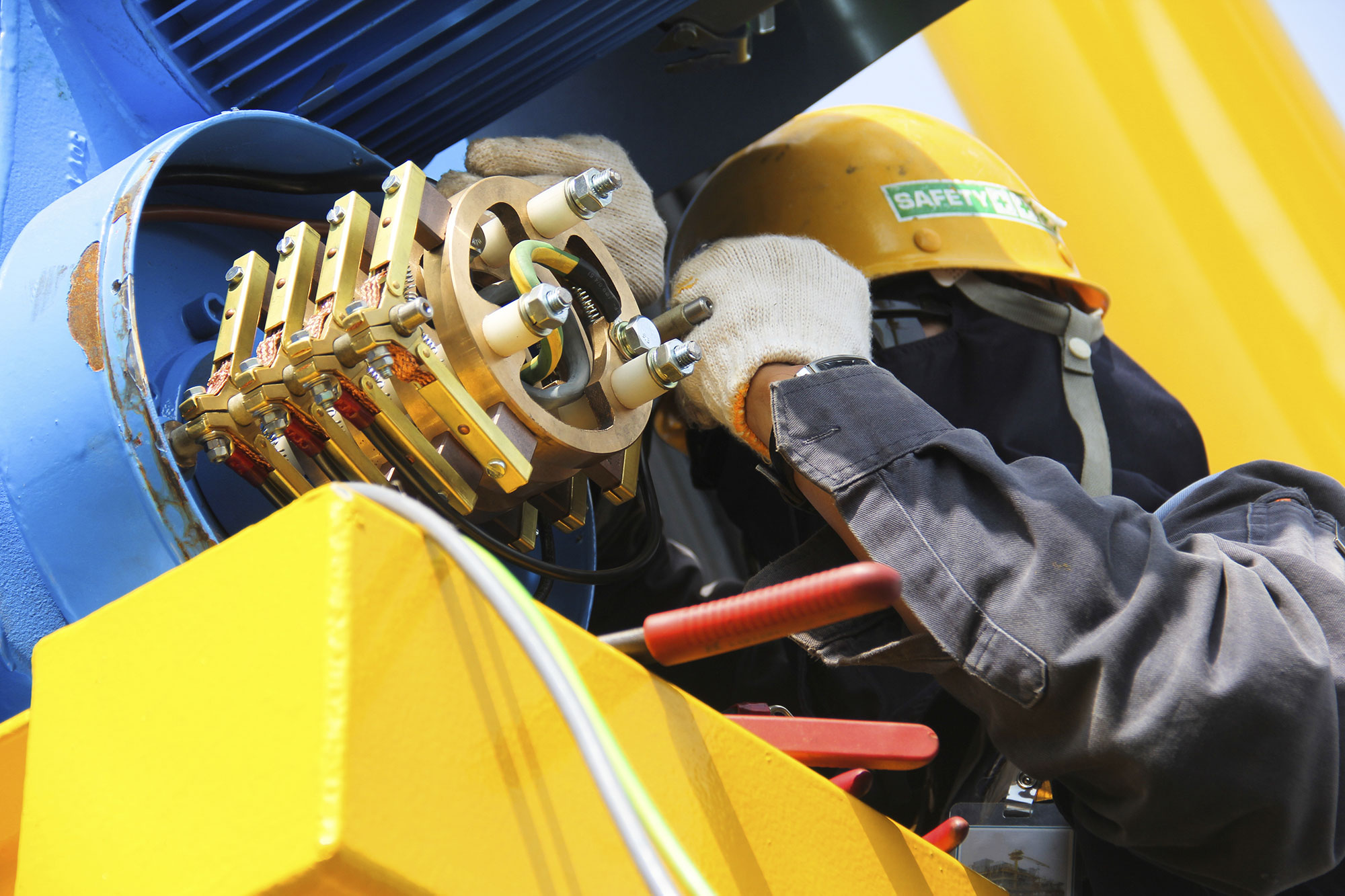2019 has seen the manufacturing industry adopting trends and technologies to propel it to new levels of change and efficiencies. The connected nature of new products – combined with customers’ changing expectations – is accelerating the deployment of business models that will allow OEMs to capitalise on the opportunities servitisation presents.
2020 will see us closer to a servitisation-centred economy, where companies move away from selling just products, but rather the business outcome those products deliver. As manufacturers start considering what the year ahead will hold, we have three key areas to focus on in the move to subscription-based businesses where products-as-a-service becomes the norm.
Increase servitisation preparedness
An increasing number of OEMs are moving towards a servitisation-based business model. However, most are still in the early stages of this transformative journey, focusing on managing the complex service needs of large networks of disconnected products.
Large, durable goods – think automobiles, heavy equipment, industrial machinery, etc. – are built to last, with some product lifespans reaching up to three to four decades. Obviously, products that were manufactured and sold years ago are not equipped with IoT-enabled parts, but still need to be repaired and maintained. Customers, however, have acquired an appetite for product-as-a-service that is ahead of manufacturers’ ability to deliver. Ninety-eight percent of end-users indicated they want to see more OEMs provide service agreements that offer maximised product uptime, for example. Therefore, the need to deliver such solutions that support this shift has never been higher.
To prepare for the full realisation of servitisation, OEMs must ramp up their infrastructure and overall readiness to be able to take on these challenges. At the same time, while implementing the strategies and resources necessary to succeed in the future, they also must ensure the foundation of their service organisations is strong.
Optimising the break-fix service model
OEMs should optimise their existing break-fix service models as servitisation approaches, specifically investing in solutions that can optimise both break-fix models and servitisation models. Currently, the break-fix service model many manufacturers use today leads to long customer wait times due to poor part availability, or high inventory costs due to excess stock and part obsolescence. While break-fix service will never completely go away – there will always be unforeseen accidents, for example – this ‘just-in-case’ way of doing business most often creates overhead that negatively impacts both the customer experience and the manufacturer’s bottom line. To succeed in the servitisation-centered economy, manufacturers must invest in both human capital and technology to fully optimise the service parts supply chain. Using outdated tools like Excel spreadsheets or ERP systems is no longer enough to meet customers’ needs for maximised product uptime, while simultaneously keeping manufacturers’ costs low.
Service delivery management will become more important
Delivering a superior customer service experience at all touchpoints is a key objective for most OEMs. As the world moves in the direction of servitisation – and OEMs take on increased risk and responsibility for equipment uptime – they must control and optimise critical aspects of the service delivery process. This includes parts, technicians, knowledge and any other requirements to deliver superior service. As a result, processes and systems across OEMs’ global networks will become more integrated.
Offering products as services will become a major component of OEMs’ business over the next decade. In the interim, manufacturers must simultaneously optimise break-fix businesses while deploying new product-as-a-service business models.













